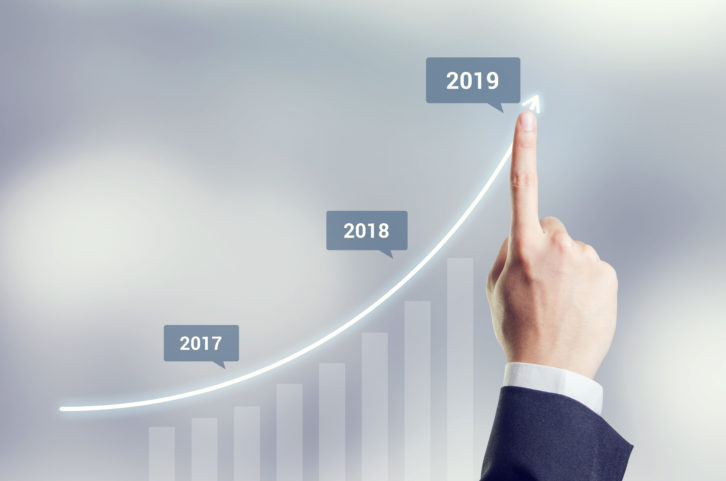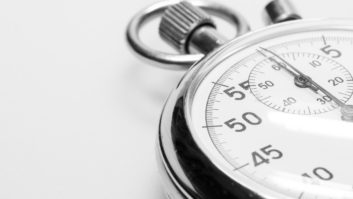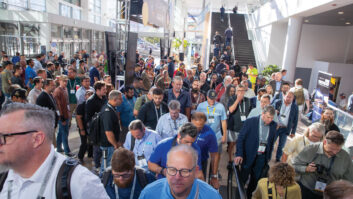
I’m obsessed with Brad Hams and his book, Ownership Thinking: How to End Entitlement and Create a Culture of Accountability, Purpose, and Profit. Since late 2018 we’ve been working on eliminating waste at Livewire and wanted to update you on our progress to date.
Ownership Thinking relies on the constant rhythm of implementing Rapid Improvement Plans (RIPs), which are quarterly sprints aimed at eliminating waste in specific areas. Last quarter we finished up running four concurrent RIPs around the following:
- Reducing wasted trips to supply houses (Lowe’s, Home Depot, etc.)
- Reducing non-billable hours on return trips
- Reducing non-billable hours not related to return trips (Rework)
- Increasing attachment rate of subscription services (Invision and Security)
We discovered it’s hard and frustrating to track and report on multiple RIPs at once. The lifeblood of Ownership Thinking is the Ownership Thinking Steering Committee (OTSC), a small group of volunteer representatives from each company department. By adding RIPs each quarter, we started to see our hard-fought results start to slip. Rather than have the old RIPs magically sort themselves out, we found that longer term commitment around caring, watering, and feeding each RIP was just as important (if not more) as launching it. We made a decision early this year to track a maximum of four RIPs concurrently. We also discovered one of our RIPs sounded great, but ended up being tough to explain and measure. As a result, we didn’t hit our goal and decided to stop tracking it. I love that we’re trying new things and failing fast.
Here’s how we did with each RIP through the end of Q4 2019:
Reduce wasted trips to supply houses (Lowe’s, Home Depot, etc.)
We began this RIP in Q3 2018, averaging 66 non-billable trips each quarter. We’re now trending to 30 non-billable trips as we begin 2020. That’s a huge improvement and kudos go to the OTSC for focusing on ways to eliminate these trips. Our collective efforts ended up saving the company $7200, and we shared 20 percent of that revenue evenly across the team through a self-funded incentive plan.
Reduce non-billable hours on return trips
As you probably guessed, this was the RIP no one understood and, not surprisingly, we never made the goal. We’ve learned from this experience and rigorously question ourselves as we contemplate future RIPs. Can we explain it in five seconds? Is it simple? Is it easy to measure?
Reduce non-billable hours not related to return trips (Rework)
We ended up with 135 rework hours at the end of 2019, which saved the company $13,199.70 over our previous rework performance. Once again, we shared 15 percent of the savings with our team since this qualified for the Silver tier (Gold – 20 percent, Silver – 15 percent, Bronze – 10 percent). Unfortunately, we had $2600.72 in damage invoices we had to pay out that we debited against the total savings. It’s my hope that showing the impact of damages on everyone’s wallet will help us all to connect the dots between working carefully and reaping the rewards.
Increase attachment rate of subscription services (Invision and Security)
We wanted to increase our total recurring revenue attachment (RMR) rate across all our jobs and set a goal around hitting 14 percent. We ended up at 9.8 percent, which is a little misleading and also was the wrong metric to be looking at. Instead of measuring lagging numbers, we should’ve been measuring something like how many times we presented RMR to a client. That’s something anyone in the company can relate to and control. A good RIP is measured by something everyone can see themselves moving up or down. We’ll be tweaking the way this RIP flows moving forward.
All told, we ended up saving $17,798.98 for the quarter. This translated to a self-funded incentive payout of $3406.50 divided evenly among our employees.
We ended our January RIP recap by asking what else we could be doing to improve and the following came out:
- Include ample labor in quotes and schedule required time
- Buddy check each other on site
- Test it for the customer or the customer will test it for you
What are you doing in your company to incent great performance and eliminate waste? I can’t wait to write our next update installment in early April.
Stay frosty, and see you in the field.







